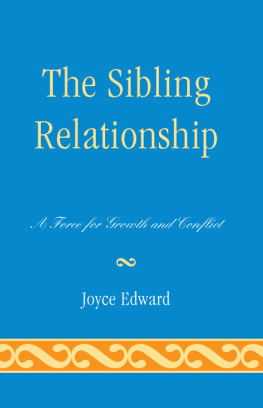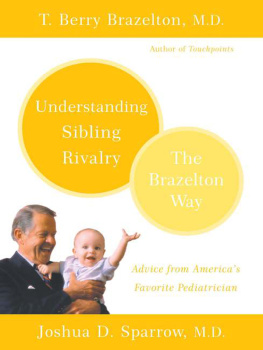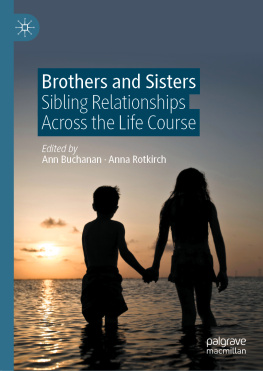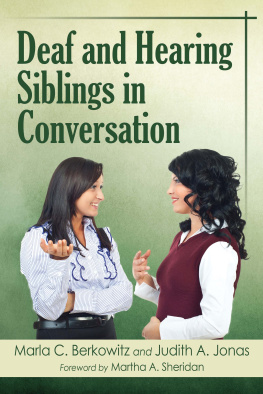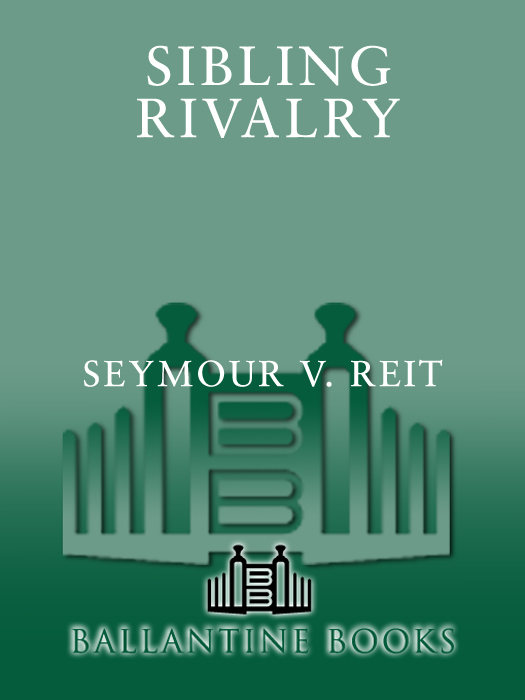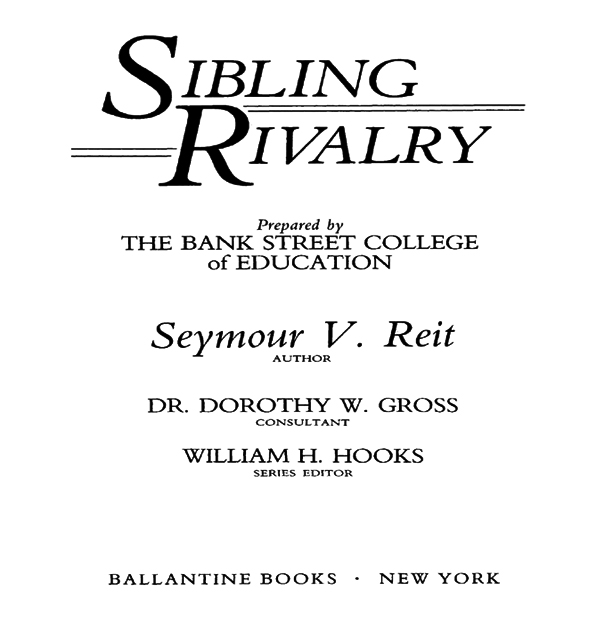A BANK STREET APPROACH
The basic philosophy of The Bank Street College of Education has been described as the developmental-interaction approach. Developmental refers to the predictable ages and stages of a childs physical, intellectual, and social growth. Interaction refers to a childs external relationships with the environment, adults, and other children. It also includes the childs internal interactions, the blending of intellect and emotion.
This approach to education translates from theory to a way of living with children. It applies to home life as well as to school. Indeed, a childs first and most enduring learning begins at home with parents and siblings as the earliest teachers at the childs most impressionable stage. Bank Streets philosophy offers parents and other caring adults a sensitive and sensible approach to helping children explore, discover, and understand their world. It is a way of sharing ideas and extending interests that match the childs abilities and curiosity. It is a framework that supports and values the childs growth toward independence.
Sibling Rivalry explores the vast range of sibling relationships, both positive and negative, in simple, direct language that turns these theories into concrete ideas. This book offers a practical guide for what to expect in sibling behavior, and many options for handling it. With its clear explanations and many lively anecdotes, the book helps parents to view sibling rivalry within the context of the childs total development and the Bank Street philosophy.
Copyright 1985 by The Bank Street College of Education
All rights reserved under International and Pan-American Copyright Conventions. Published in the United States by Ballantine Books, a division of Random House, Inc., New York, and simultaneously in Canada by Random House of Canada Limited, Toronto.
Library of Congress Catalog Card Number: 84-91665
eISBN: 978-0-307-81602-3
v3.1
Contents
CHAPTER 1
Sibling Rivalry: A Fact of Life
CHAPTER 2
The Roots of Rivalry
CHAPTER 3
Places on the Ladder: Birth Order
CHAPTER 4
CompetitionAnd How to Deal with It
CHAPTER 5
Parents Talk about Competition
CHAPTER 6
And Baby Makes Four
CHAPTER 7
Parents Talk about the Second Baby
CHAPTER 8
Love Is Not a Cookie Jar
CHAPTER 9
A Fathers Diary
CHAPTER 10
Special Occasions, Special People
CHAPTER 11
Matched Sets
CHAPTER 12
Other Constellations
CHAPTER 13
Boy, Its Great When It Works
CHAPTER 14
Adding It Up
APPENDIX
Expanded Contents
CHAPTER 1
Sibling Rivalry: A Fact of Life
CHAPTER 2
The Roots of Rivalry
CHAPTER 3
Places on the Ladder: Birth Order
CHAPTER 4
CompetitionAnd How to Deal with ItCHAPTER 5
Parents Talk about Competition
CHAPTER 6
And Baby Makes Four
CHAPTER 7
Parents Talk about the Second Baby
CHAPTER 8
Love Is Not a Cookie Jar
CHAPTER 9
A Fathers Diary: Or, How I Grew Closer to My Daughter When My Son Was Born by James A. Levine
CHAPTER 10
Special Occasions, Special People
CHAPTER 11
Matched Sets
CHAPTER 12
Other Constellations
CHAPTER 13
Boy, Its Great When It Works: One Stepmothers Story
CHAPTER 14
Adding It Up
Foreword
I have two memories of the time when my sister, five years younger than myself, joined our family. My first memory, in the hospital, is crowded with excited grown-ups filling and darkening a tiny hallway. There is barely enough room for me, although, at five years old, I reached no higher than anyones thigh. There is a door with a high window in it. Suddenly, a red, crumple-faced, dark-headed bundle appears in the window, held by an invisible someone. My voice rings out, excited, proud of the cleverness of my observation, It looks like a monkey! And the grown-ups shush me in shocked tones.
The other memory is more complexand needs some history. When mother went to the hospital to give birth to my sister, I was left with my grandparents. During my stay with them, I fell and broke an ankle, which required a stay in the hospital (not the same one as my mothers!) and the wearing of a full cast, thigh to toe.
In this second memory I am in the backseat of a car, with a blanket covering my cast, going to bring my mother and the baby home. My aunt and my grandmother solemnly instruct me not to tell my mother about the cast, because it would upset her. We arrive at the hospital, and my mother, baby in arms, bends into the car with joyful face to greet me. Defying all the family, I throw back the blanket. Look, Ma! My mother gasps and as she sags, she almost drops the baby.
The only trouble with these memories is that they couldnt both have happened, my first sight of my baby sister occurring both in the hospital hallway and from the recesses of an automobile. Nor could a child with a broken leg have been outside the nursery exclaiming about monkey resemblances. Why, then, do I tell these tales? Because whatever their relation to objective fact, the memoriesand they are vivid and detailedreflect deeply felt responses to the arrival of a sibling in a family.
First is the theme of rejection of the new baby. This is evident in both memories. In one, she is perceived as ugly and alien, a monkey; and in the other, she is even put in danger, almost caused to fall. Second is the sense of not being seen, perhaps even neglected. This is shown in the shadowed hospital hallway, where the older sister is not even noticed amidst the jostling grown-upsuntil she demands attention with a clever comment. Third, what mixed feelings are shown toward the mother! Look! says the child. Look what happened to me when you werent here! I dont care if youre upset at seeing my cast! You should be! You shouldnt have gone away! Now you can drop that baby (even literally) and take care of me!
As I write this, a follow-up memory arises. We arrive home together, my mother, my new sister, other relatives, and me in my leg cast. The apartment is full of people coming and going. I am in a bed in my parents room, watching my mother crying and exclaiming over me. I dont understand her being upset, because I love being the center of all the excitement. Now she will pay attention to me!
Many parents with two or more children will recognize the intensely conflicted nature of the feelings Ive described (and may remember them from their own childhood): rejection of the baby together with interest in the odd little creature, a sense of invisibility accompanied by determination to get attention, and the combination of need for mother and anger at her. All these, along with the affection and sense of alliance that usually emerge later, are wrapped up in what we call sibling rivalry, a somewhat simple designation for such a highly complex phenomenon.



